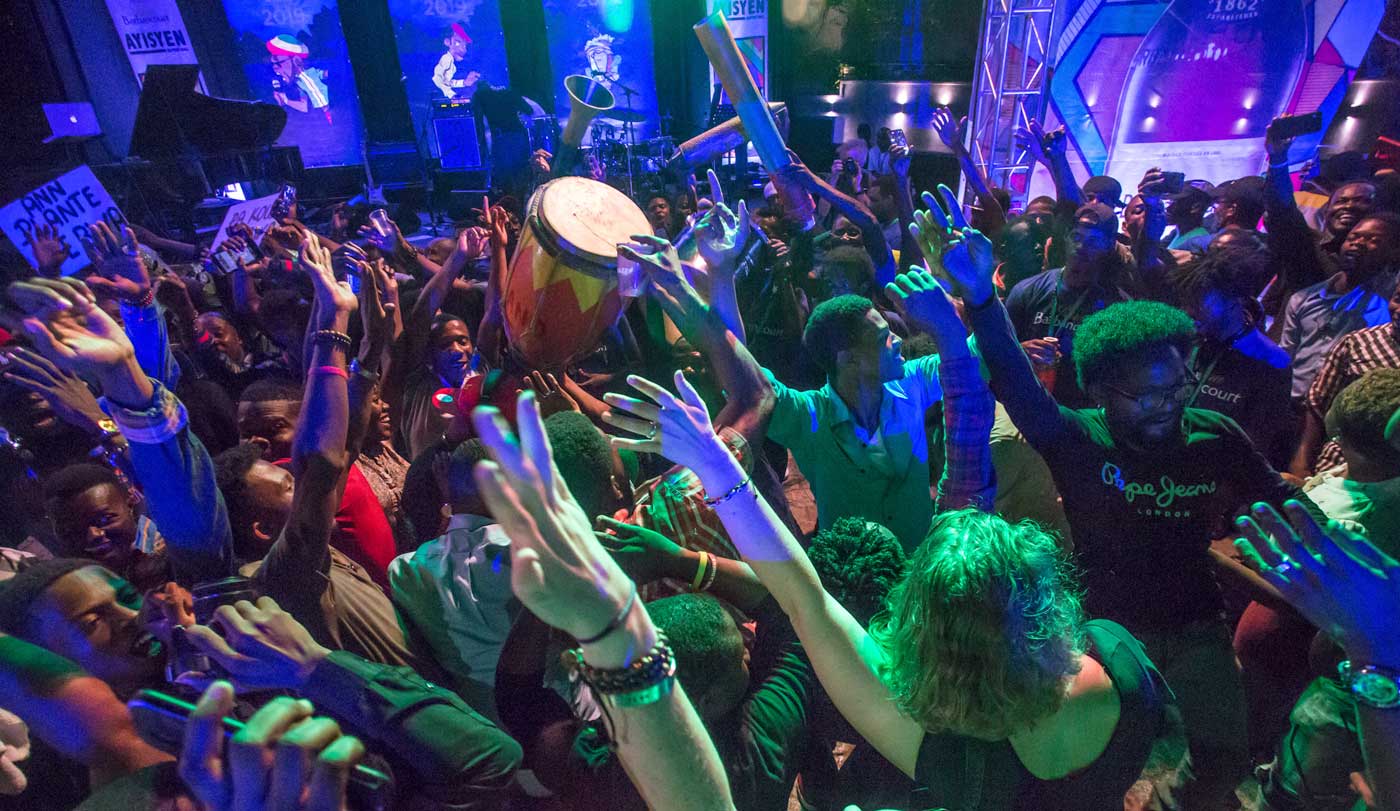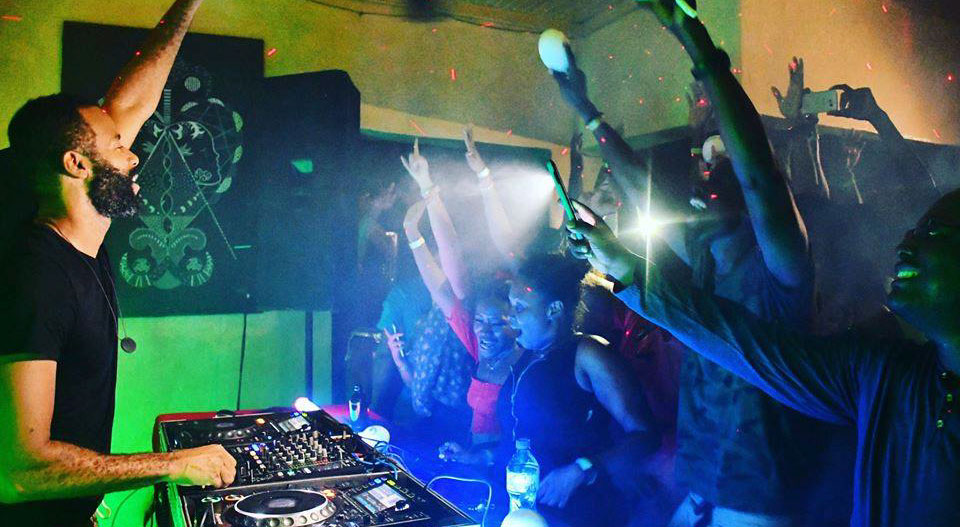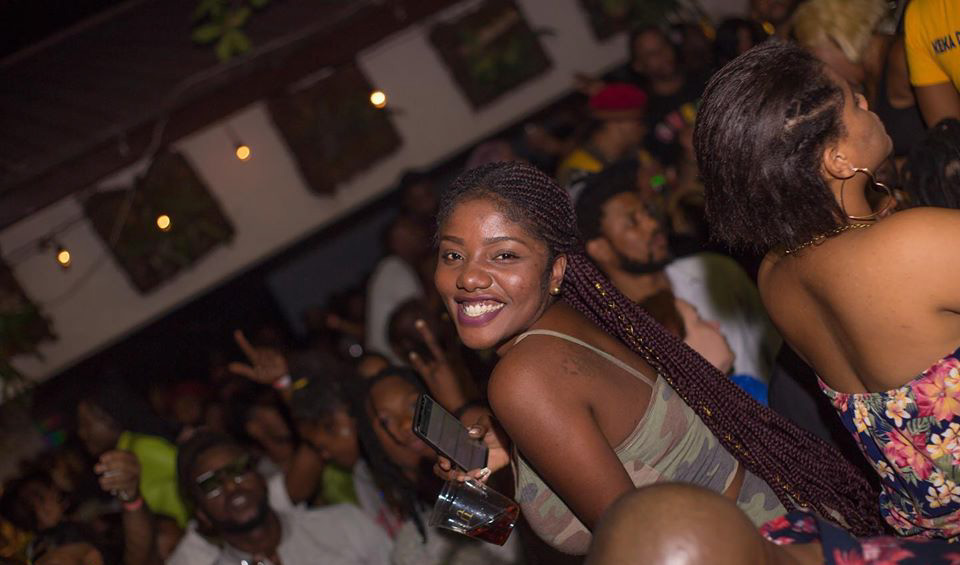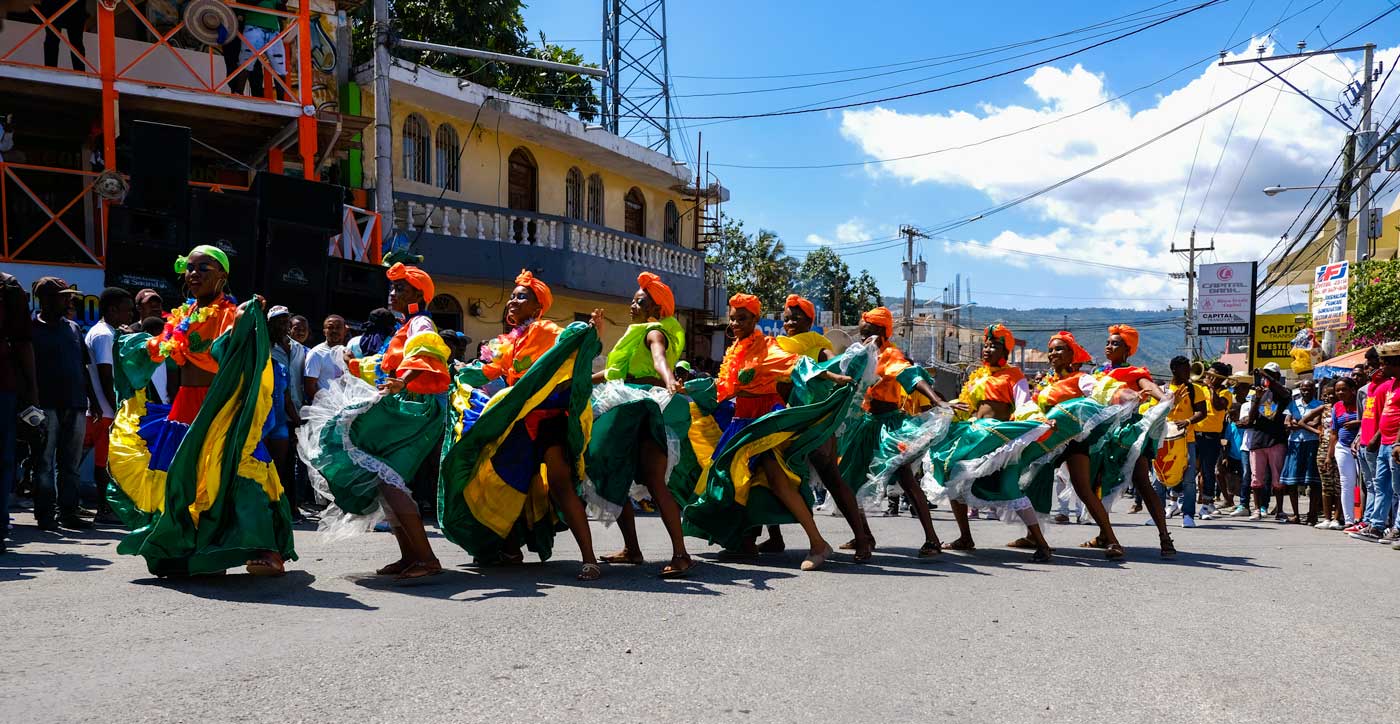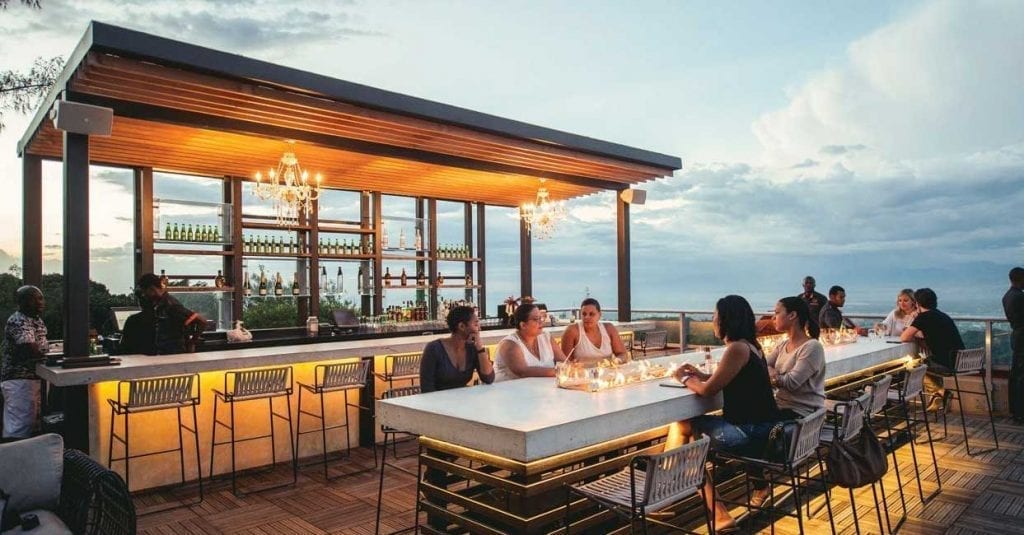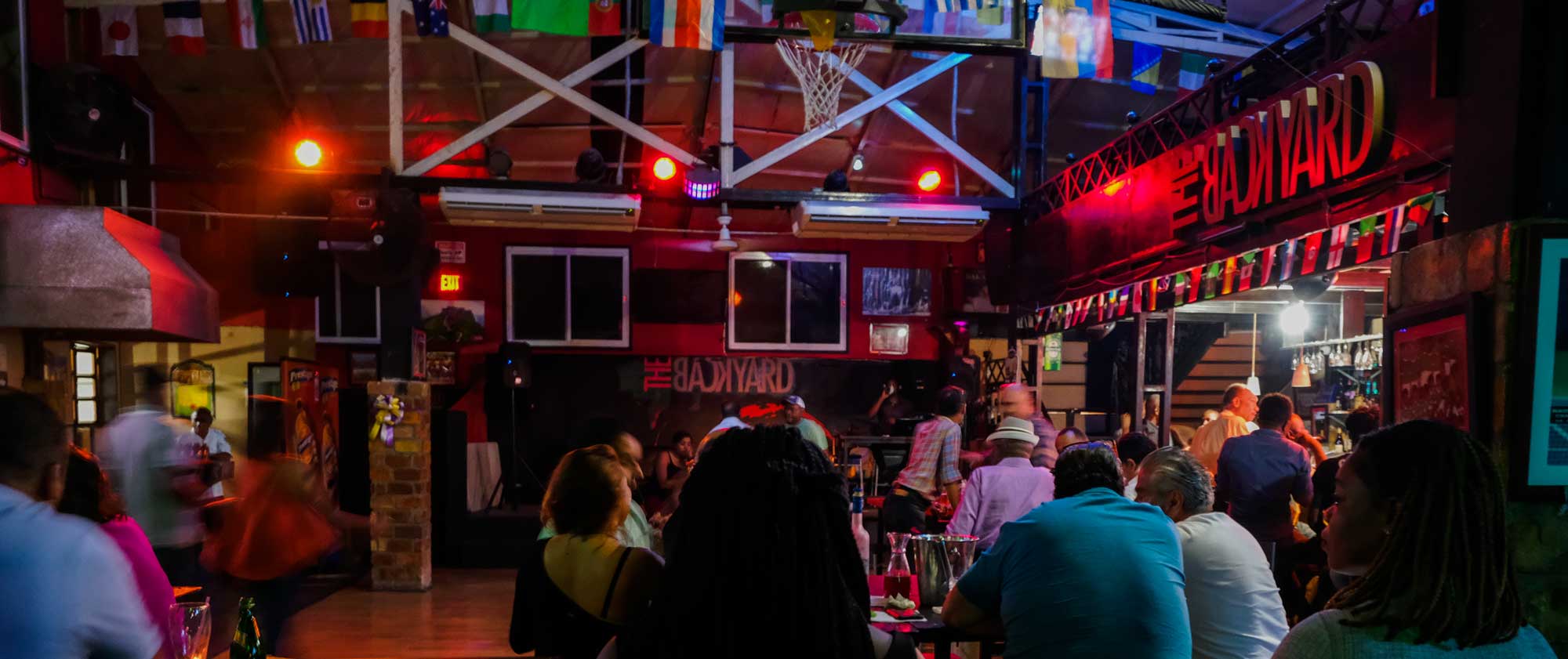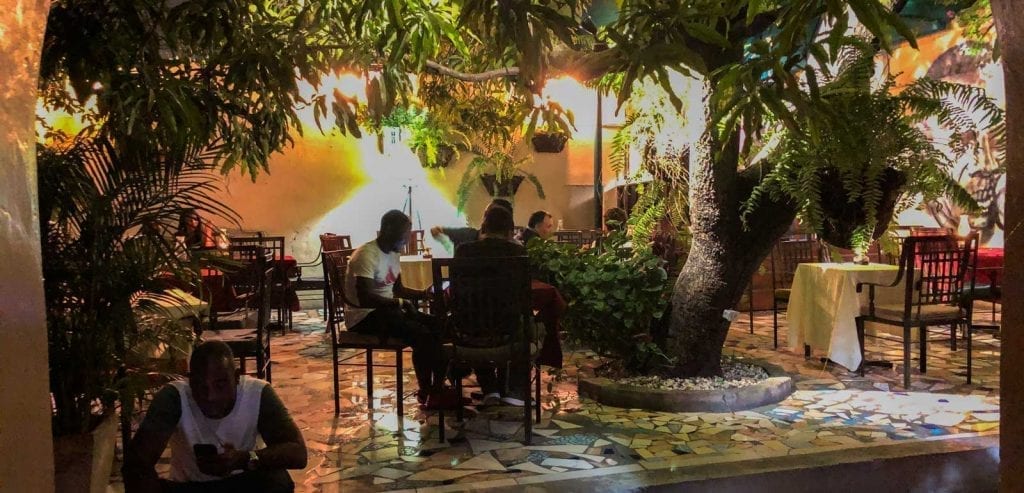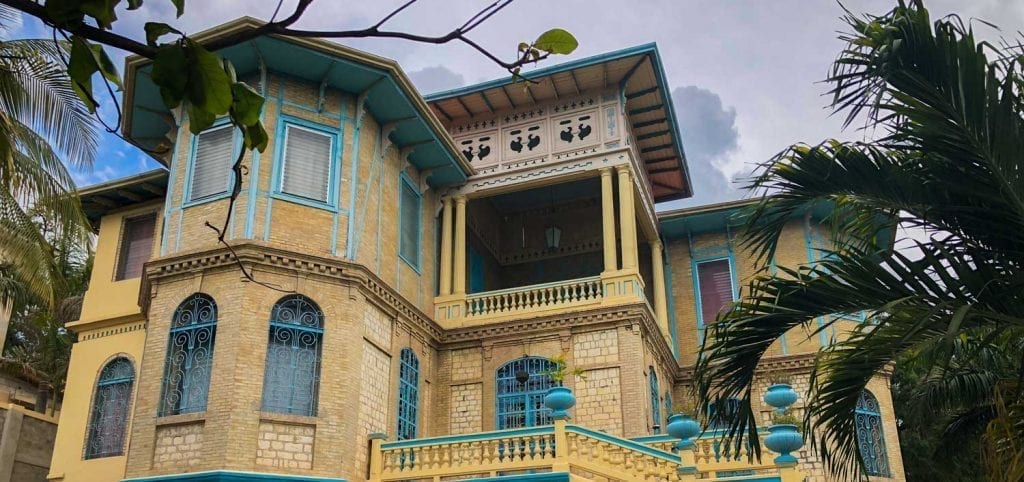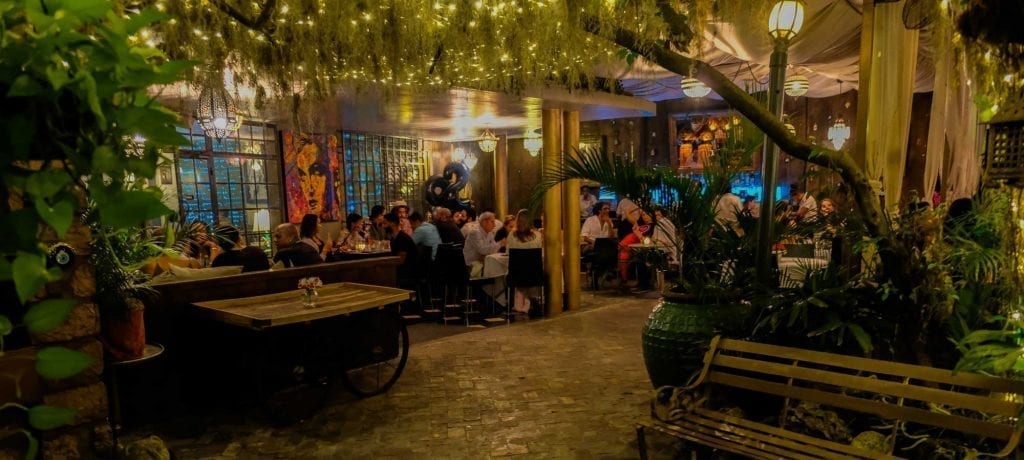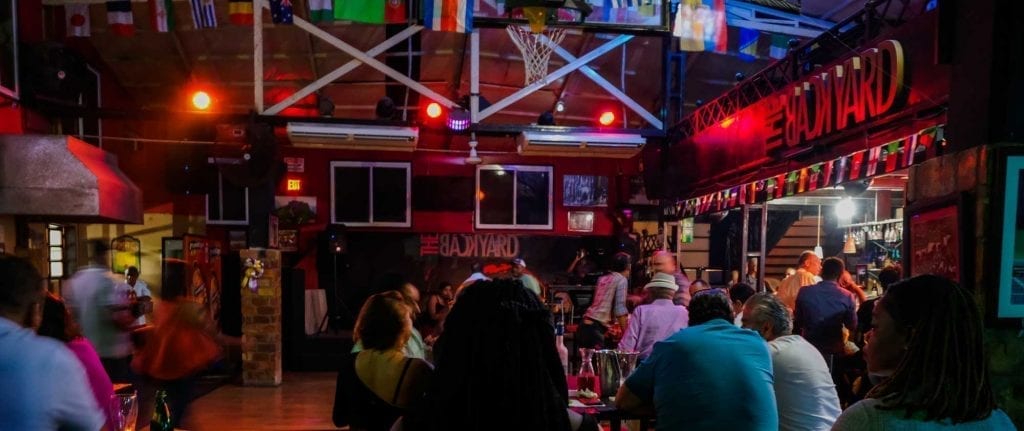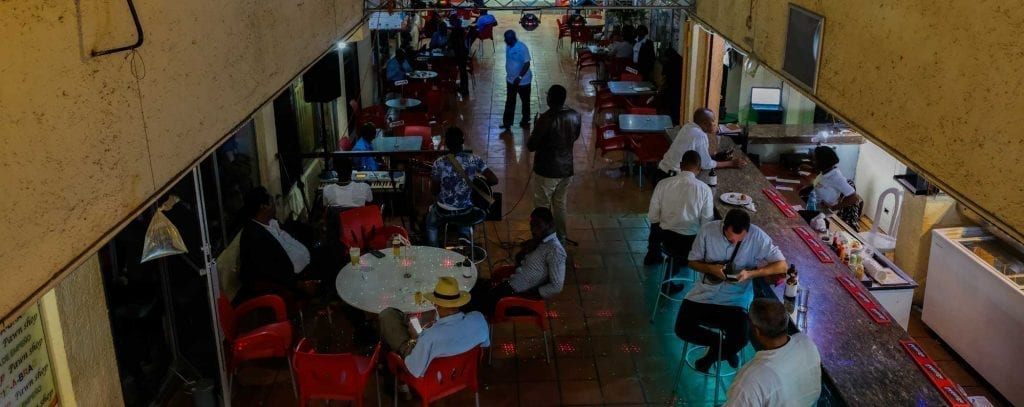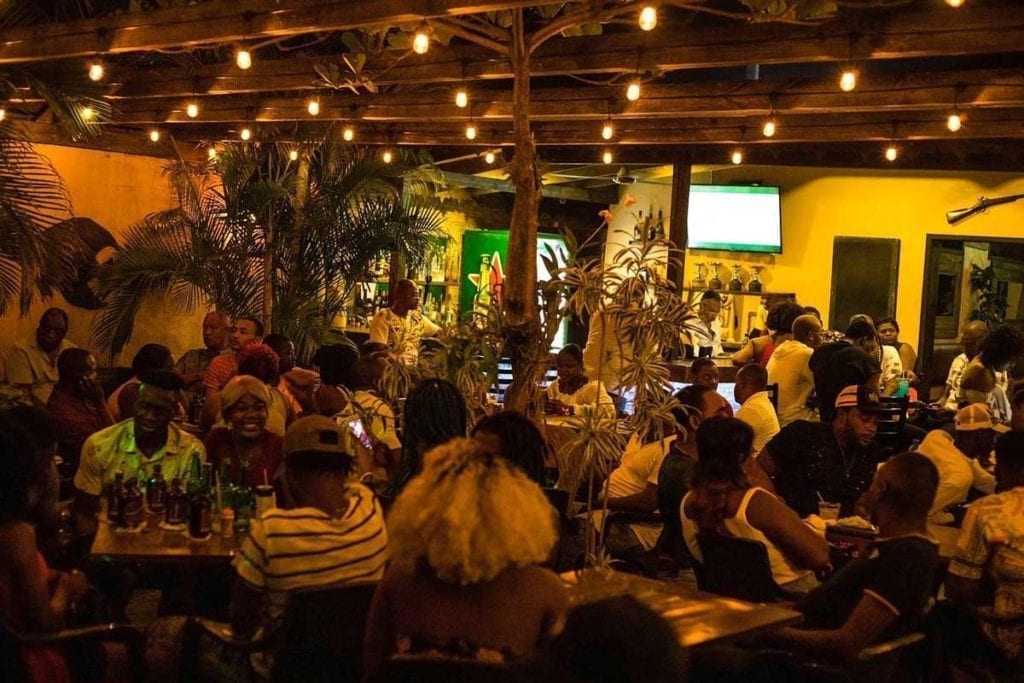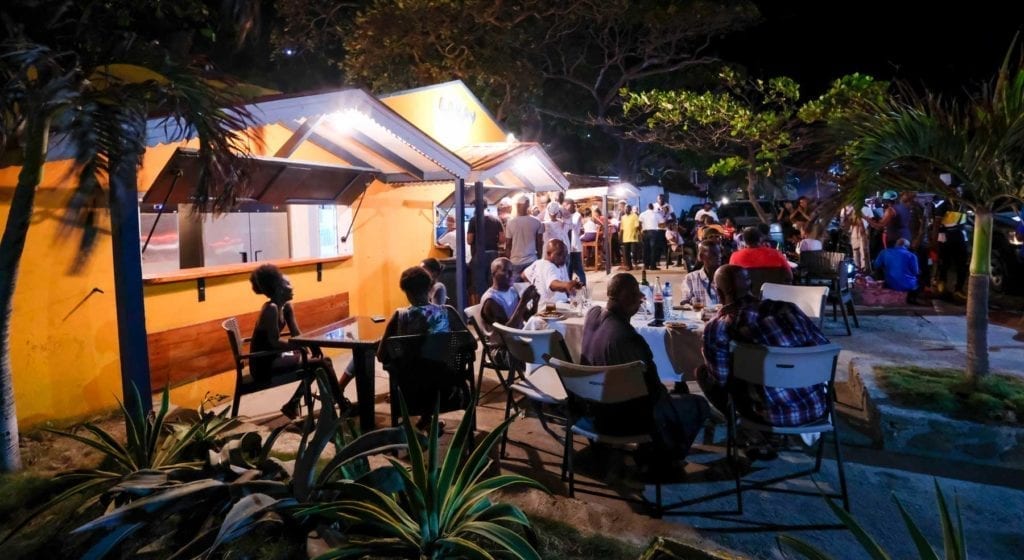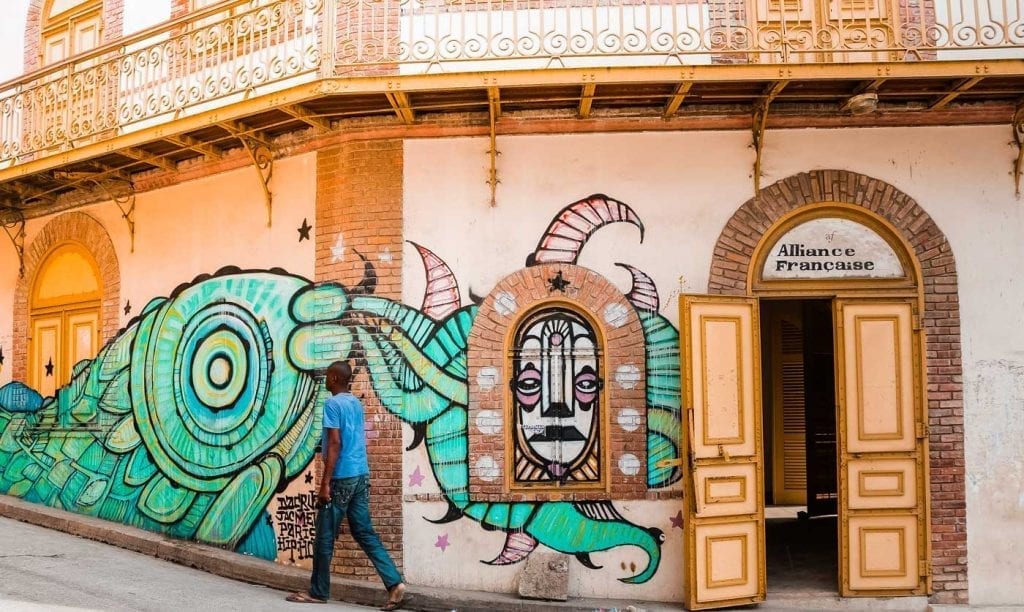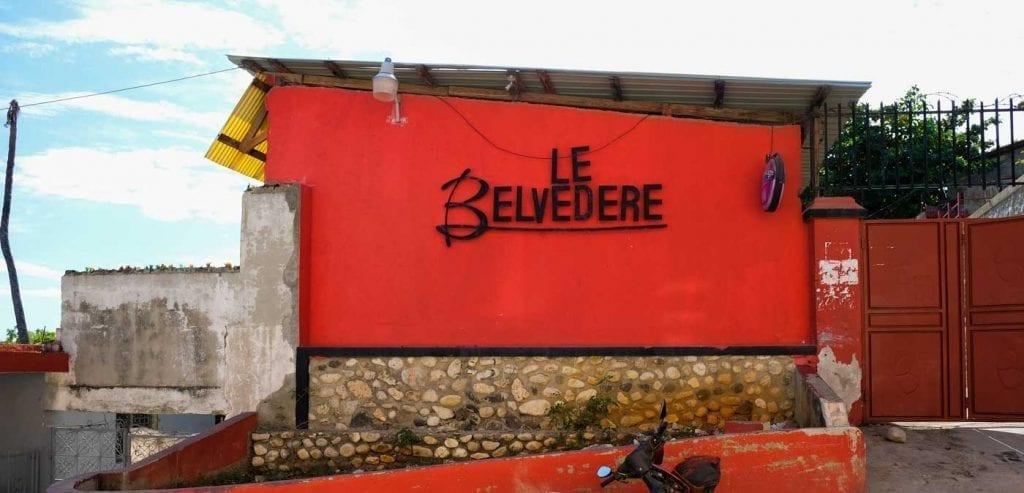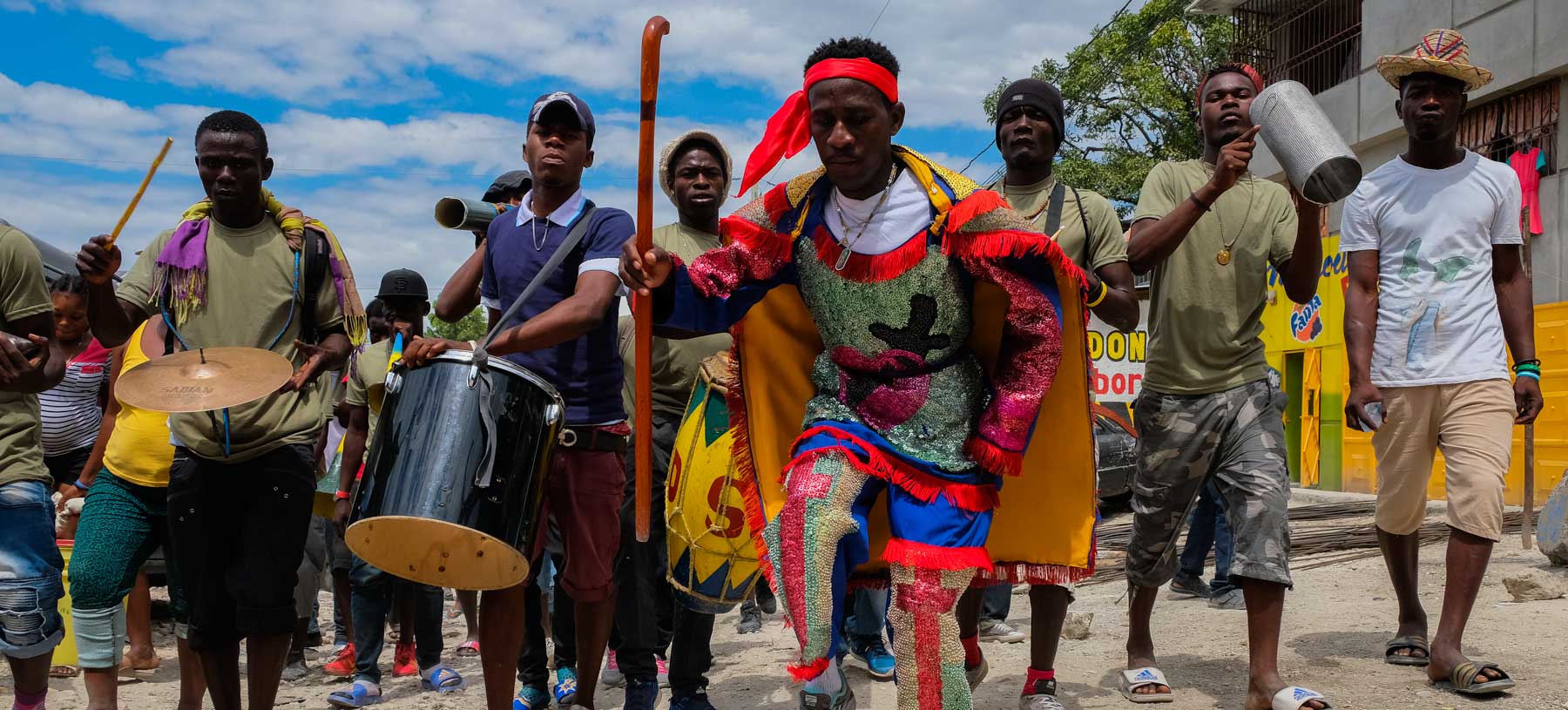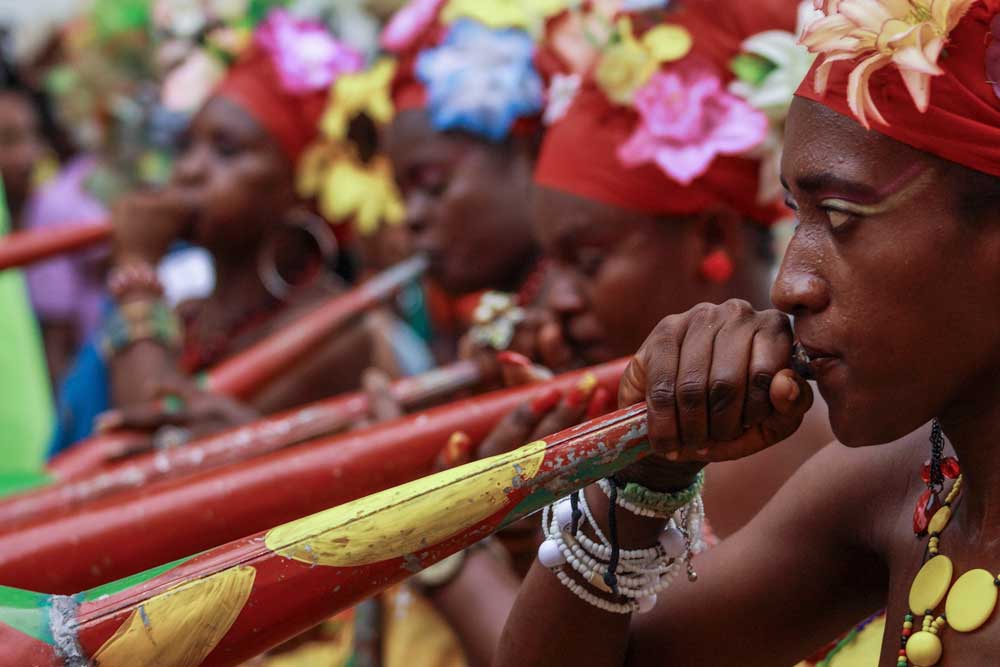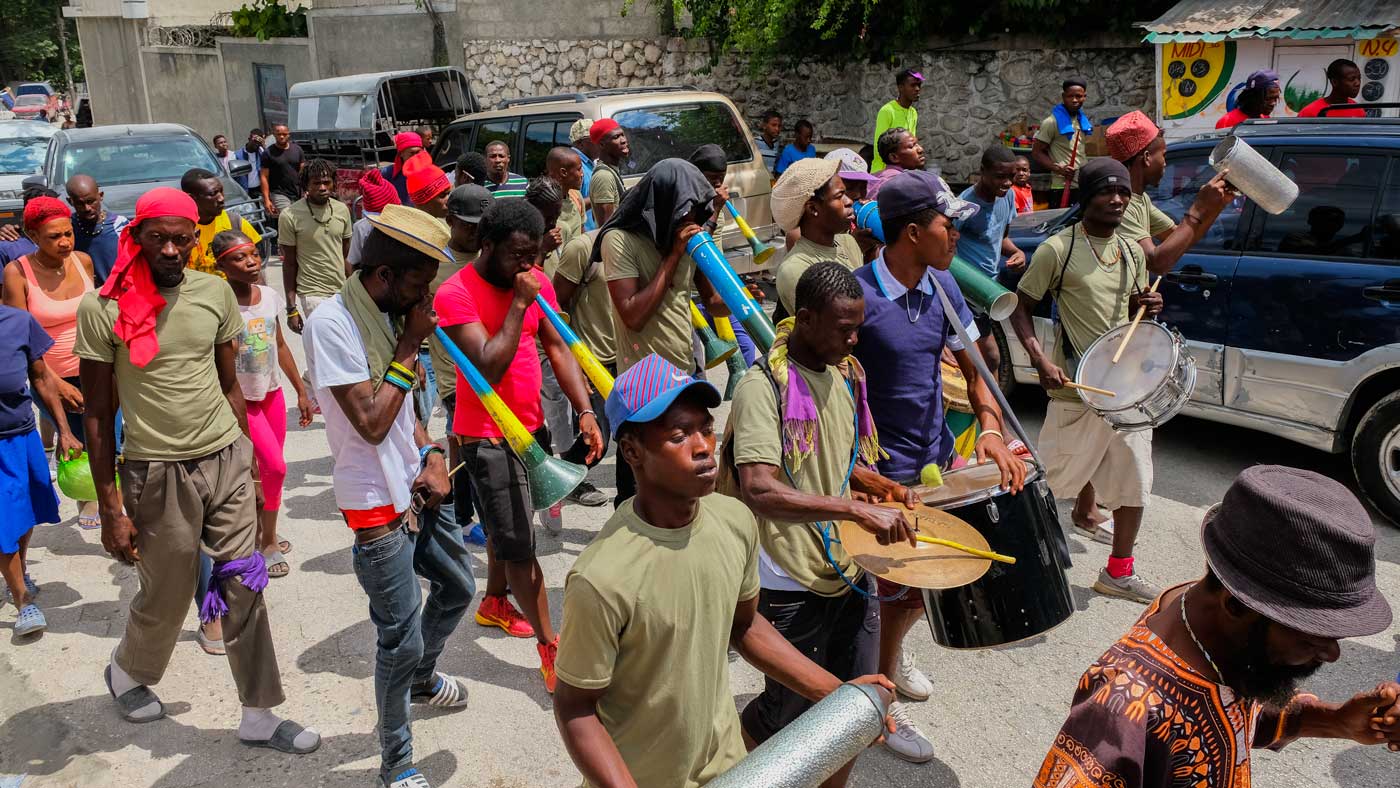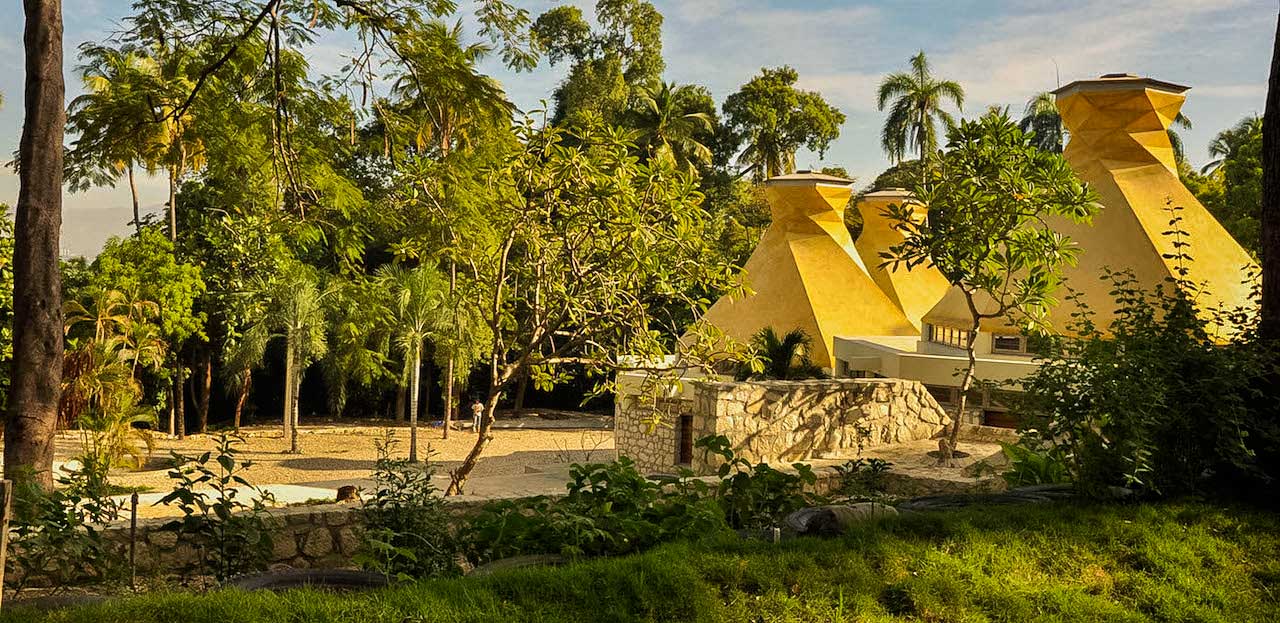
Photo: FOKAL
Visit the Katherine Dunham Cultural Center
Located in the crescent coast of the bay of Port-au-Prince, the neighborhood of Martissant was once home to boulevards and villas where Haitian high society lived and thrived. These days, Martissant is high-density and not exactly a tourist destination. But there are a few things in Martissant that are worth the trip, and the Katherine Dunham Cultural Center is one of them.
Nested away in Martissant Park, the Katherine Dunham Cultural Center is a haven of peace, calm and community. It is named after African-American dancer and choreographer Katherine Dunham, who moved to Haiti in the 1930s to learn about the African heritage of Caribbean dance forms. Now known as the ‘matriarch of black dance’, Dunham is credited with bringing African and Caribbean rhythm and technique into the professional dance repertoire.
Katherine Dunham’s private home and studio
During her stay, Dunham befriended a few Haitian officials, and became an important cultural ambassador for Haiti. In the centre of Martissant, Dunham purchased a leafy seven-acre property, which she used for herself and for her US-based dance company. A hotel was built there, and for a number of years Dunham received and entertained the elite of Haiti and other lucky invitees.
The lavishness inside the walls, and luxury of being able to focus on art, was an extremely sharp contrast to the poverty-afflicted neighborhood of Martissant. Now, it is giving something back.
Now open to the public
After Dunham passed away in 2006, her property was transformed into a cultural center, and now features an iconic library, whose five buildings – built to emulate movements of dance – were designed by Mexican architects Raúl Galvan Yañez and Winifred Jean Galvan.
This is why from a distance, it is possible to see and identify the geometric, free-flowing silhouette of the center. On the right hand side of the actual center is the relic of an imposing peristil which belonged to Katherine, and which she used during her time in Haiti as a space for Vodou ceremonies inspired by Dunham’s research into African and Caribbean culture.
Most days of the year, the cultural center is open to the public. It houses a very well composed library for young children, teenagers and adults. It is possible to check books out of the library, with a minimal subscription fee. An attractive, bright, intuitively built interior attracts you to a table, or to a shelf. Everything is exceptionally well designed to encourage community and communication.
Events
Because Martissant Park is under the sponsorship of Fondasyon Konesans Ak Libète (the Foundation for Knowledge and Liberty), the Centre also hosts many roundtable discussions, forums, and panels. There are rotating activities all week long for children, as well – ranging from storytelling workshops to readings conducted by popular Haitian authors. The Center also hosts book signings and conferences by young up and coming authors.
There is always plenty of activity at the Katherine Dunham Cultural Center. It is an exceptional venue made possible by an exceptional woman, and pays homage to her life as passionate activist who lived immersed in Haitian culture.
Written by Kelly Paulemon.
Published October 2020
Find the Center
External Links
Read more about Katherine Dunham
Katherine Dunham Biography
Looking for some cool things to do?

Paradise for your inbox
Your monthly ticket to Haiti awaits! Get first-hand travel tips, the latest news, and inspiring stories delivered straight to your inbox—no spam, just paradise.




